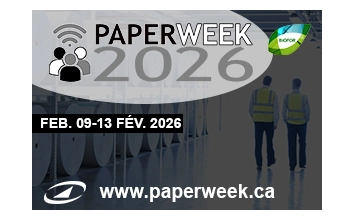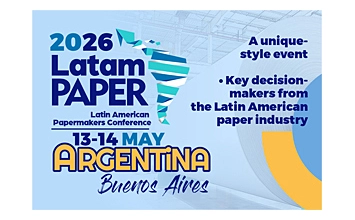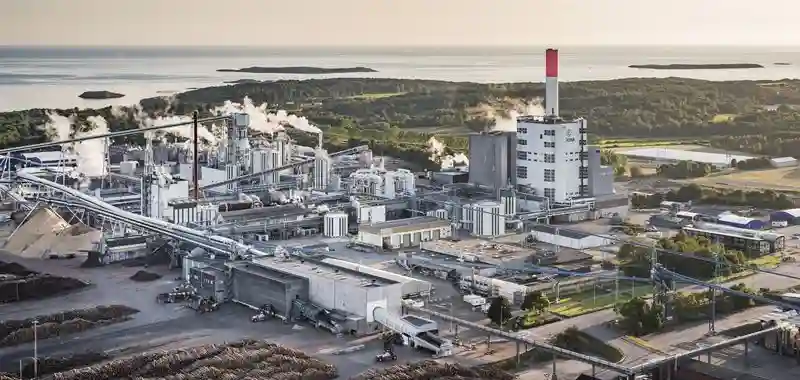Two Sides North America sheds light on the end-of-life options for paper, emphasizing composting as a valuable alternative to landfilling, while clarifying the crucial difference between "biodegradable" and "compostable."
As consumer demand for sustainable practices grows, understanding paper's compostability becomes increasingly important for both companies and individuals. While recycling remains the preferred route, composting offers a way to divert non-recycled paper from landfills, where its slow anaerobic decomposition can release methane, a potent greenhouse gas.
A recent literature review published in the International Research Journal of Engineering and Technology found that paper waste can effectively improve soil health through composting. However, factors like ink, lignin, and contamination levels can influence biodegradability. Interestingly, the review found that glossy and recycled papers degraded faster than newsprint in composting environments. Despite its benefits, curbside compost collection remains limited in the U.S.
Two Sides North America stresses the critical distinction between "biodegradable" and "compostable." While all compostable materials are biodegradable, the term "biodegradable" lacks specific timeframes and environmental conditions, making it an ambiguous indicator of sustainability. "Compostable," on the other hand, signifies breakdown within a defined period under composting conditions, leaving no toxic residue.
The compostability of paper varies significantly based on its type and any treatments applied. Uncoated, unbleached papers like brown bags and cardboard compost readily, enhancing compost piles. Molded fiber packaging is also gaining traction due to its biodegradability and performance in protective packaging and food service applications. However, heavily inked or coated papers can hinder decomposition. Some inks are soy-based and compostable, while others contain petroleum compounds that may introduce contaminants.
One promising solution is the development of bio-based, compostable coatings that replace traditional plastic barriers in food packaging and other applications. Certifications like those from the Biodegradable Products Institute (BPI) help identify paper products that meet recognized compostability standards.
The market for biodegradable and compostable polymers is growing rapidly, driven by the desire to reduce plastic waste. Innovations in starch-based polymers and bio-coatings are helping improve the compostability of paper packaging while maintaining necessary functional properties. However, challenges remain—including higher production costs, limited composting infrastructure for bioplastics, and inconsistent regulatory support.
The paper industry is actively addressing these challenges by developing products that balance performance with environmental compatibility. As sustainable packaging becomes a core business driver, compostable paper solutions will play a key role in reducing waste and closing the loop on paper materials.
Two Sides North America remains committed to educating consumers and businesses on the sustainability of print, paper, and paper-based packaging, helping all stakeholders make informed, responsible choices.
























































